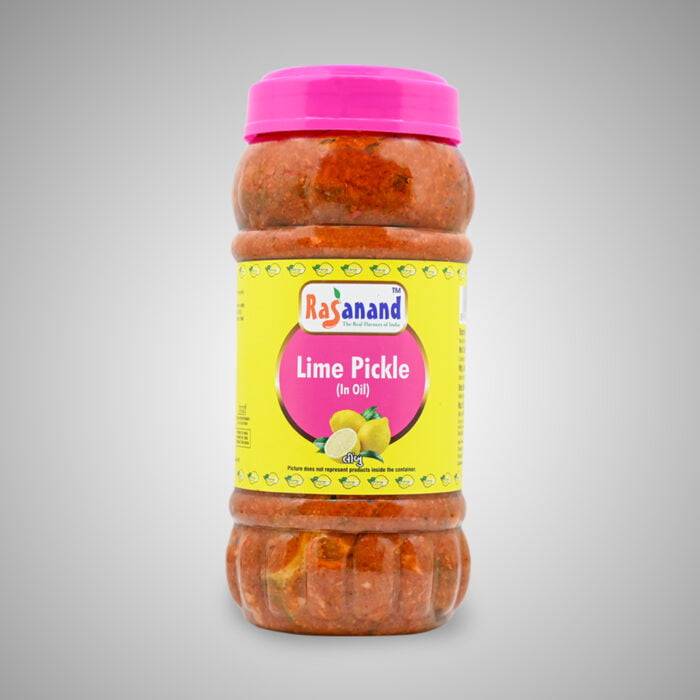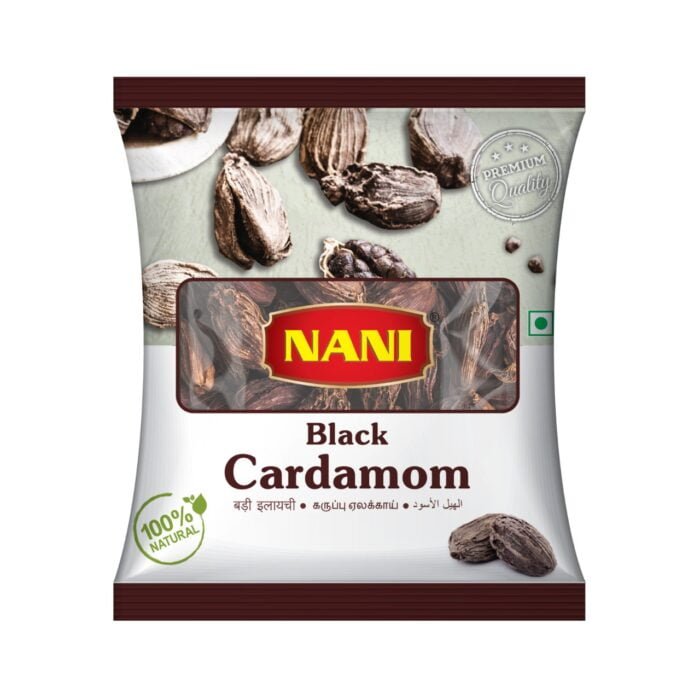Introduction to Kashmiri Saffron
Saffron, often referred to as the “red gold,” is a spice derived from the stigma of the Crocus sativus flower. Among the various types of saffron available worldwide, Kashmiri saffron stands out for its unparalleled quality and rich legacy. This luxurious spice, cultivated in the Indian region of Kashmir, boasts a history that stretches back over millennia, intertwined with the culture, economy, and traditions of the area.
Kashmiri saffron’s exceptional reputation is attributed to its unique characteristics. Recognized for its deep crimson threads, it exhibits a vibrant hue that is indicative of its quality. This deep color results from the abundance of crocin, a carotenoid compound responsible for saffron’s strong pigmentation. The aroma of Kashmiri saffron is equally distinct, marked by a rich, earthy fragrance with subtle notes of honey and hay, setting it apart from its counterparts in Iran or Spain.
The flavor profile of Kashmiri saffron is potent and complex, offering a blend of bitter and sweet undertones that imbue dishes with a unique essence. This potent flavor owes much to the high concentration of safranal, an organic compound that contributes to saffron’s taste and aroma. Such qualities make Kashmiri saffron a prized ingredient in culinary applications worldwide, from traditional Kashmiri cuisine to gourmet dishes in international kitchens.
The cultivation of saffron in Kashmir involves meticulous care and extensive labor, with each flower handpicked and the delicate stigmas separated by skilled artisans. This intricate process underscores the authentic craftsmanship and dedication behind each thread of Kashmiri saffron. The region’s specific climatic conditions—a combination of fertile soil, adequate rainfall, and the right temperature fluctuations—further contribute to producing saffron that is globally recognized for its superior quality.
Understanding Kashmiri saffron’s rich history and distinguished qualities not only highlights its importance but also cements its status as the world’s finest saffron. This introductory glimpse into the world of Kashmiri saffron sets the foundation for exploring its diverse applications and benefits in the ensuing sections of this blog post.
The Cultivation Process
Kashmiri saffron, renowned for its distinct aroma and rich color, thrives under precise climatic and soil conditions. The cultivation process commences in the cool, temperate climate of the Kashmir Valley, where the region’s distinctive environmental factors foster the growth of this exquisite spice. The valley’s fertile, well-drained soil, coupled with moderate rainfall and abundant sunshine, provides the ideal milieu for saffron plants to flourish.
Planting typically begins in the late summer months. Farmers use saffron corms, a type of bulb, planting them in furrows to optimize the absorption of nutrients and water. Meticulous care is taken to ensure that the corms are spaced correctly, fostering healthy growth and prolific flowering. The use of organic fertilizers and sustainable farming practices further enhances the quality of the saffron.
Harvesting Kashmiri saffron is an exacting and labor-intensive task that takes place in late October to early November. Timing is critical, as the saffron flowers bloom only for a short period. Each flower contains three crimson stigmas, which must be handpicked at dawn when the blooms are fully open. This meticulous process requires the deft skills of experienced laborers who pluck the delicate stigmas with precision to avoid damage.
Once harvested, the stigmas undergo a drying process that is crucial for preserving their quality and potency. The drying is performed under controlled conditions to mitigate the loss of essential oils and vibrant color. Traditional methods often involve sun-drying or using specialized equipment to achieve the required moisture reduction.
The culmination of these painstaking efforts results in the production of Kashmiri saffron—an ingredient unparalleled in its purity and aroma, and a staple in culinary and medicinal applications worldwide. The intricate cultivation and harvesting processes underscore the timeless elegance and superior quality of this precious spice.
Health Benefits and Uses
Kashmiri saffron, often regarded as the “red gold,” is not only celebrated for its vibrant color and exotic aroma but also for its impressive health benefits. Extensive scientific research and centuries of traditional knowledge underscore its medicinal properties, elevating saffron from a culinary spice to a therapeutic ingredient.
One of the most significant health benefits of Kashmiri saffron is its rich antioxidant content. Compounds like crocin, safranal, and picrocrocin play a pivotal role in neutralizing harmful free radicals in the body. These antioxidants help protect cells from oxidative stress, potentially reducing the risk of chronic illnesses such as heart disease and cancer.
Moreover, Kashmiri saffron has been shown to have mood-enhancing effects. Studies suggest that saffron’s active components can increase levels of serotonin, the “feel-good” neurotransmitter, in the brain, which may alleviate symptoms of depression and anxiety. This makes saffron a natural alternative to synthetic antidepressants, with fewer side effects.
In traditional medicine, particularly within Ayurveda and Persian practices, saffron is used to treat a variety of ailments. It is believed to aid in digestion, improve sleep quality, and enhance cognitive function. Additionally, saffron’s anti-inflammatory properties can help alleviate conditions such as arthritis and asthma.
Beyond its medicinal uses, Kashmiri saffron is a prized ingredient in the culinary world. Its unique flavor and color can elevate dishes ranging from Persian pilafs to Spanish paellas and Indian biryanis. Just a few strands of saffron can add a luxurious and aromatic touch to any recipe.
The beauty industry also harnesses the benefits of saffron. It is often included in skincare products for its ability to brighten the complexion, reduce pigmentation, and promote a youthful appearance. The spice’s antibacterial and antioxidant properties can aid in treating acne and other skin conditions.
Kashmiri saffron’s diverse applications in health, cuisine, and cosmetics underscore its timeless elegance and integral role in enriching various aspects of life. Leveraging both its historical significance and scientifically backed benefits, Kashmiri saffron continues to be a cherished and versatile spice across the globe.
Aram’s Commitment to Quality
Aram’s dedication to delivering the highest quality Kashmiri saffron is evident through their meticulous attention to every aspect of the production process. Stringent quality control measures ensure that only the finest saffron reaches customers. Each batch is rigorously tested for purity, flavor, and aroma, maintaining the unmatched standards synonymous with Kashmiri saffron. Aram’s approach begins at the source; the saffron is ethically sourced from select farms that adhere to traditional farming practices.
In support of local farmers, Aram has established long-term partnerships, fostering a sustainable cultivation environment. They provide resources and training to enhance farming techniques, ensuring that the saffron produced meets the highest industry benchmarks. This collaborative effort not only improves yield quality but also sustains the livelihood of local communities. By investing in the people and processes that produce this precious spice, Aram plays a pivotal role in preserving the legacy of Kashmiri saffron.
Aram’s commitment to excellence is further underscored by numerous certifications and awards that attest to the quality of their saffron. Certifications from reputable bodies authenticate the purity of their products, while awards recognize their exceptional quality and contribution to the industry. These accolades are a testament to Aram’s unwavering focus on quality and ethical practices.
Through their efforts, Aram not only delivers superior saffron but also contributes to the broader objectives of sustaining saffron cultivation in Kashmir. This ensures that future generations can continue to experience and appreciate the timeless elegance of this exquisite spice. The company’s comprehensive approach—from ethical sourcing to rigorous quality control—highlights their role as custodians of Kashmiri saffron’s rich heritage.














Reviews
Clear filtersThere are no reviews yet.